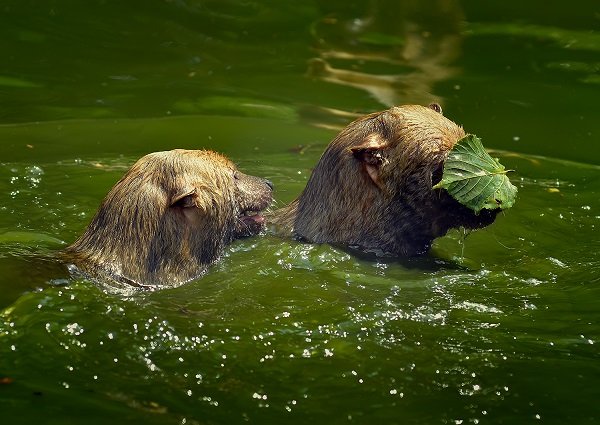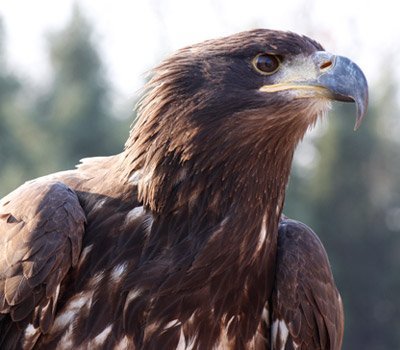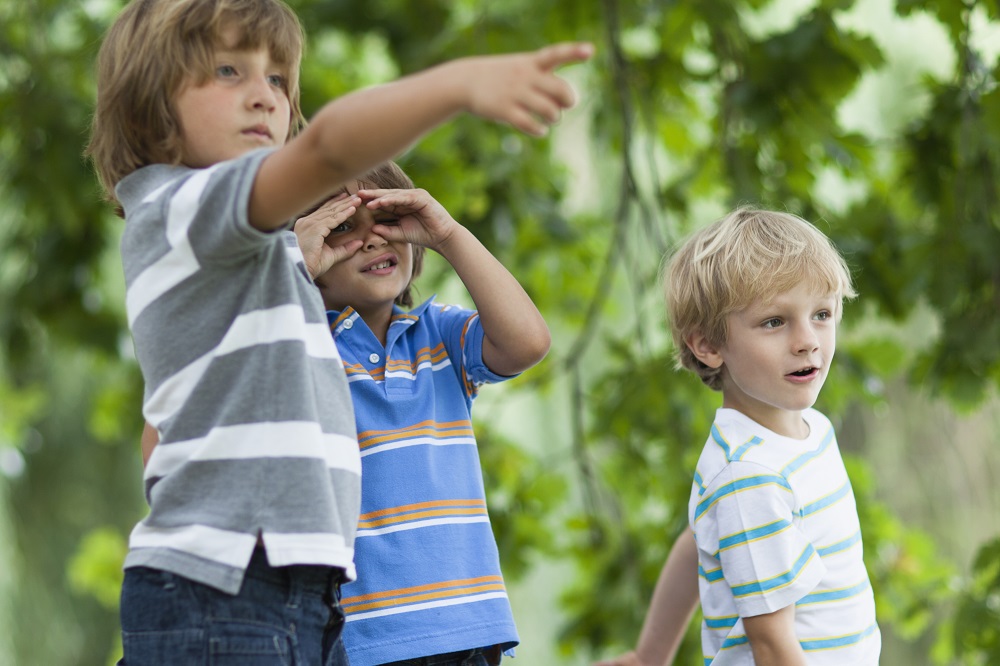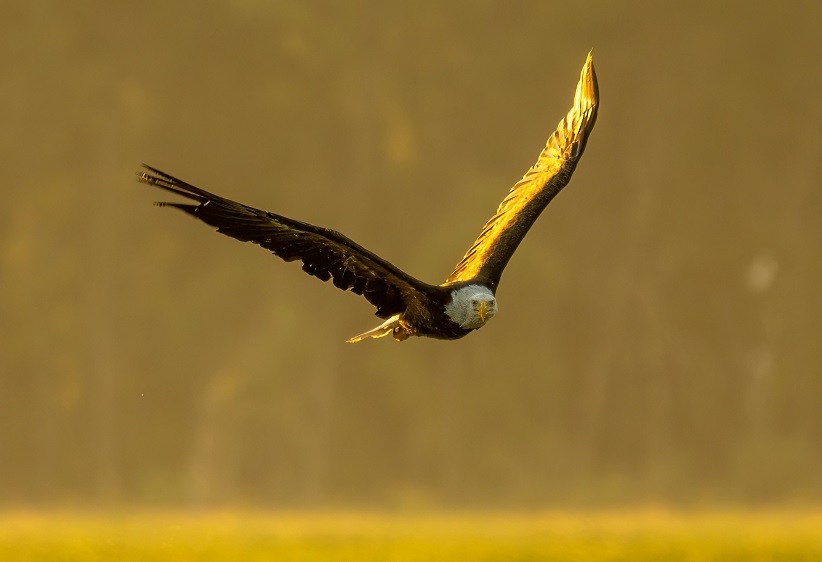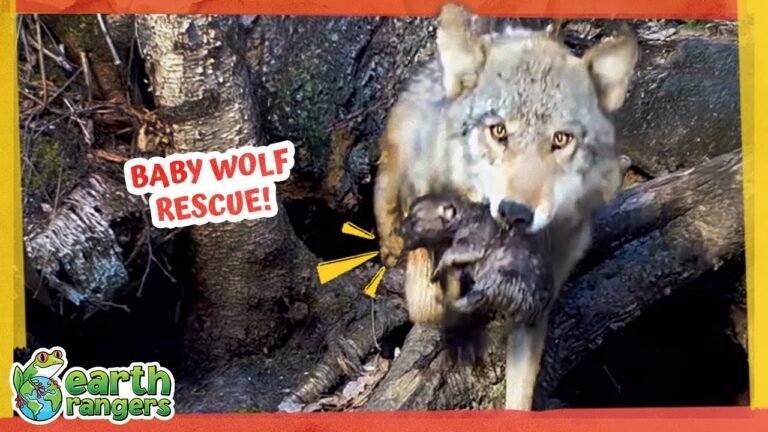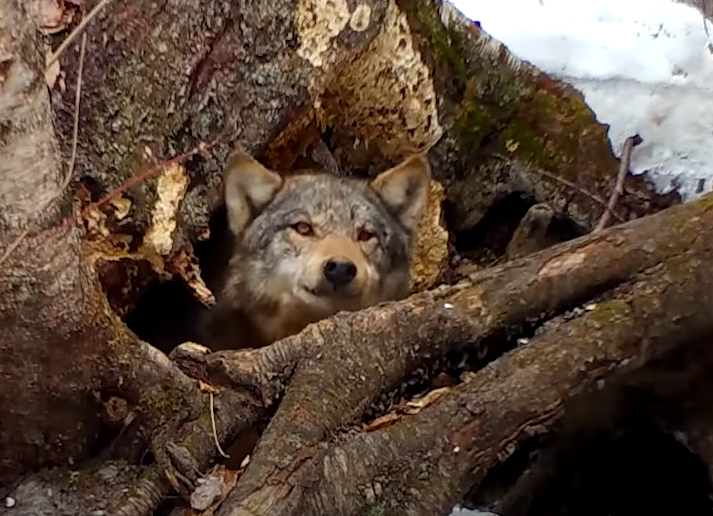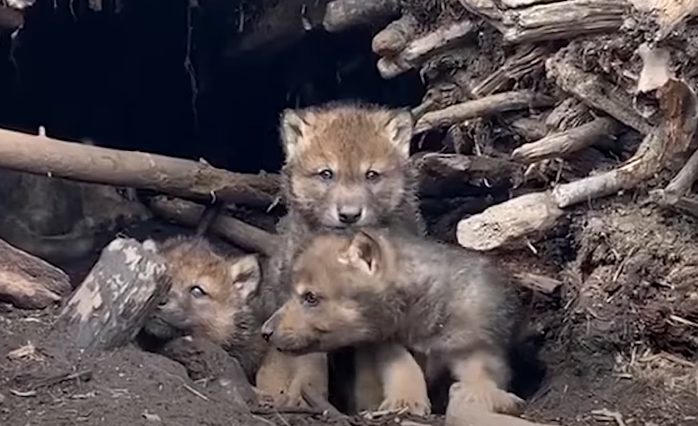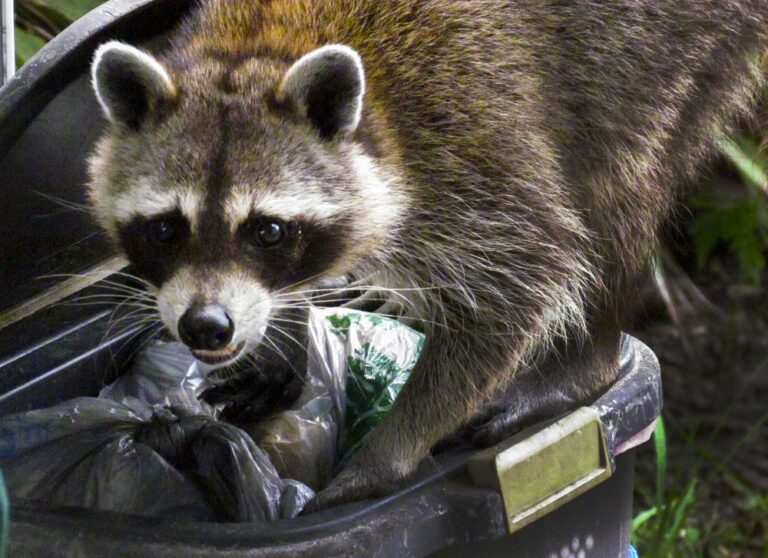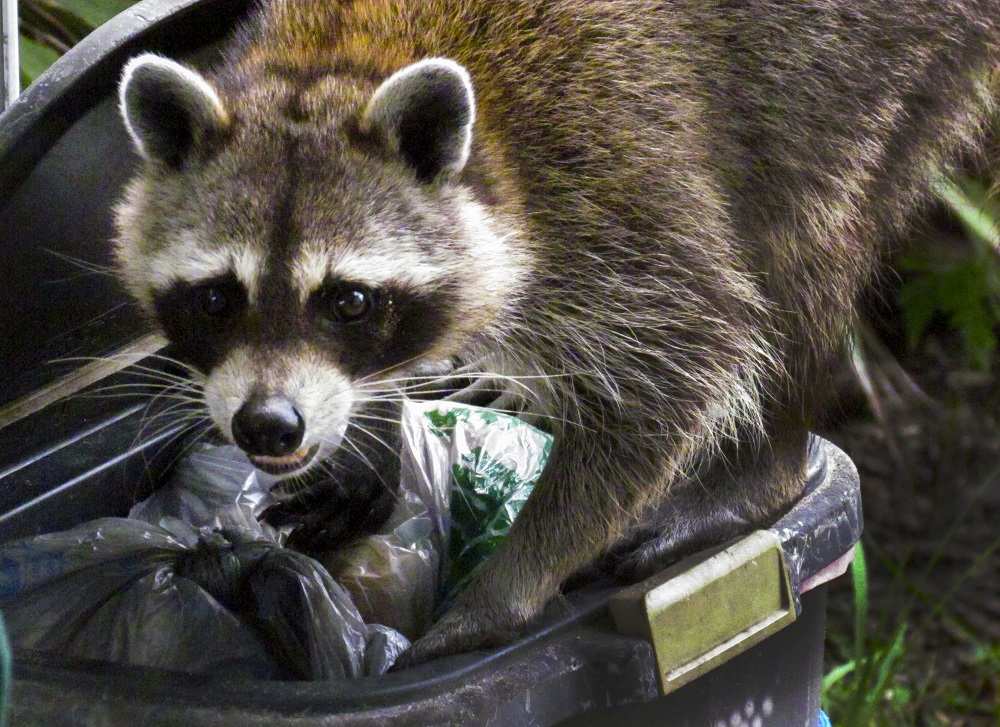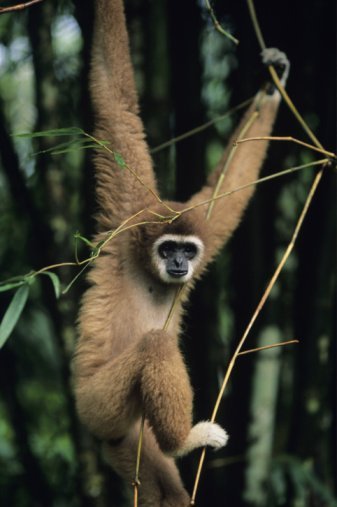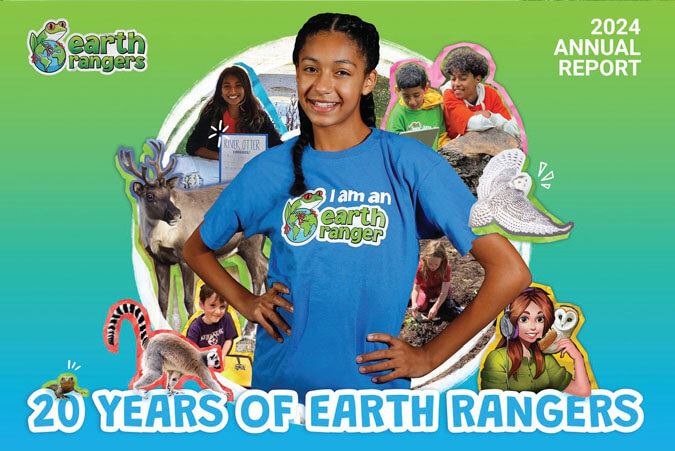Bobby is a young bobcat with only three legs—and he’s trying to do something almost impossible: return to the wild! After getting hit by a car, rescuers brought him to Geaux Wild Rehab. With the help of expert animal rehabber Tisha—and a few cardboard boxes—Bobby starts to adapt to life on three legs. But just as he’s learning to climb, leap, and be wild again… another bobcat shows up! Is she here to compete, growl, or maybe… help?
Special thanks to our friend Tisha at Geaux Wild Rehab for sharing Zelda’s amazing journey. @geauxwildrehab
Geaux Wild Wildlife Rehabilitation
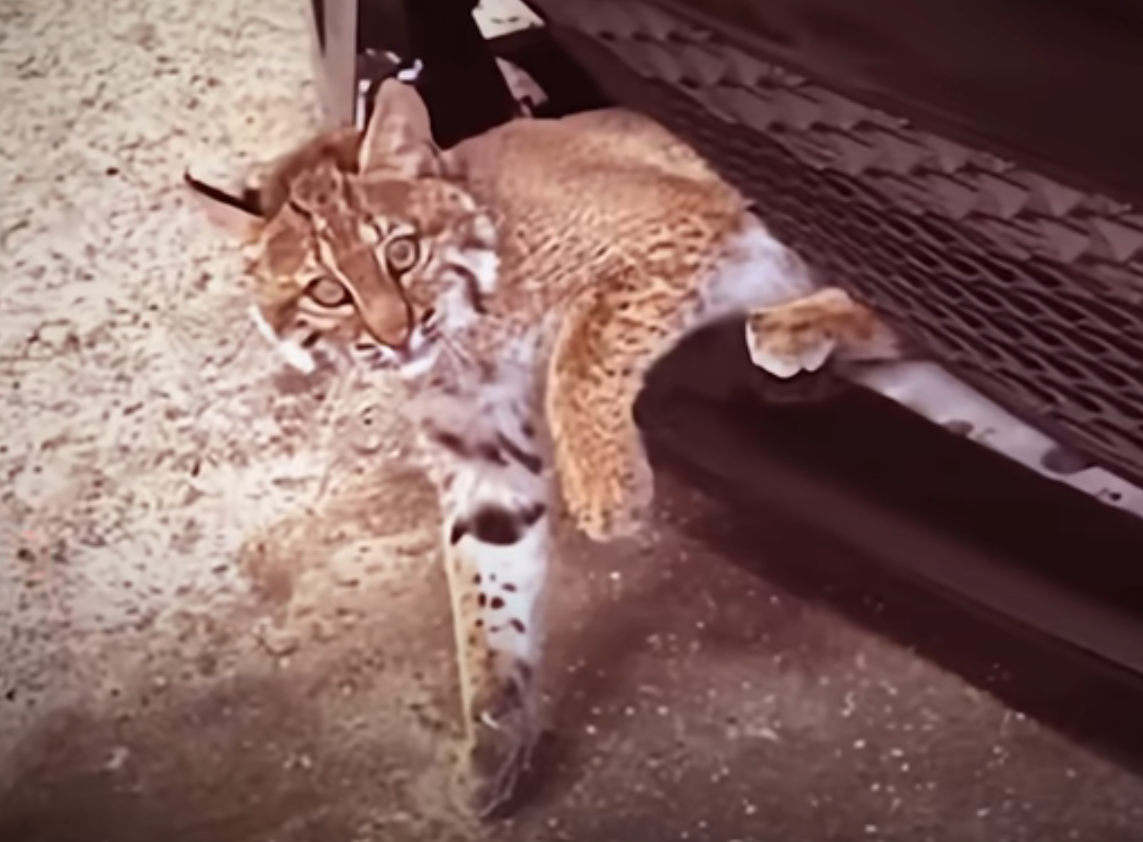
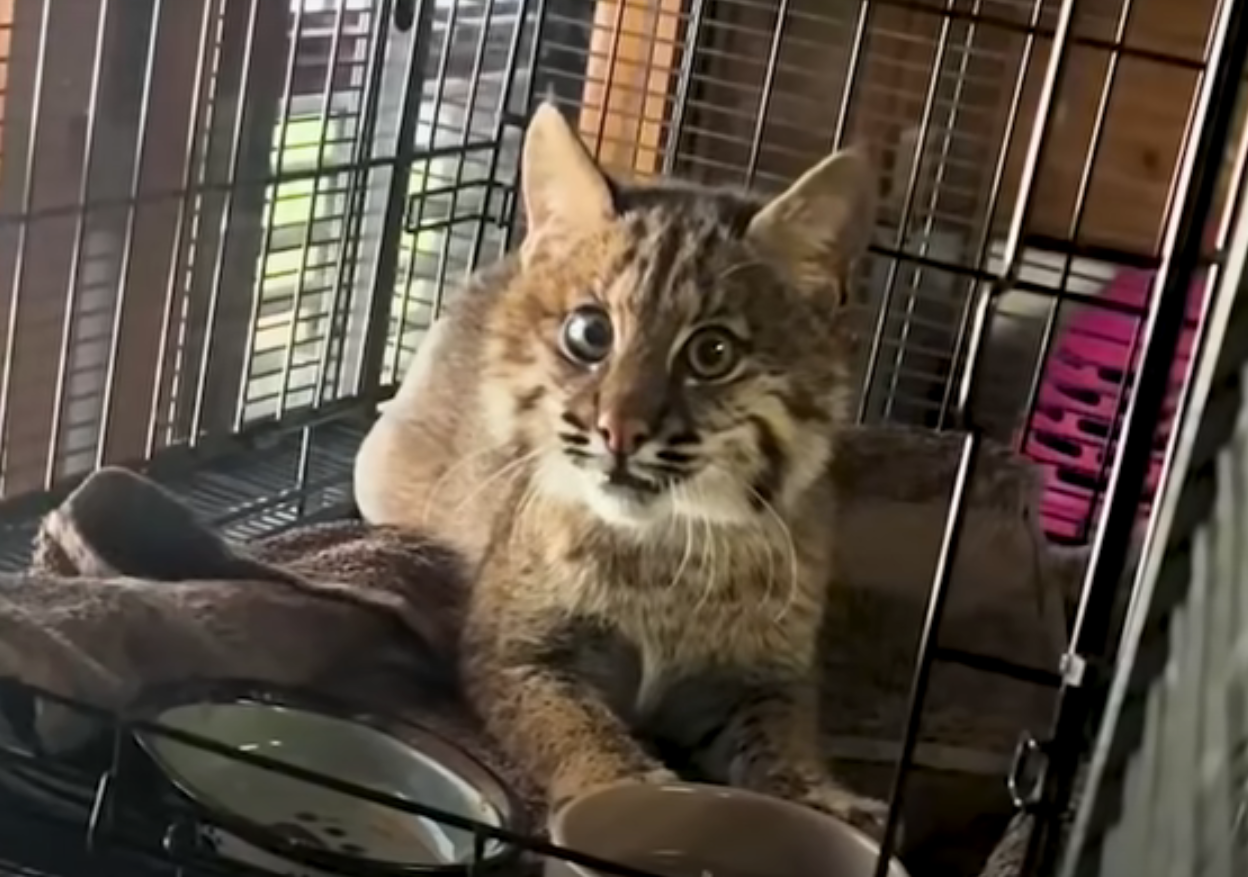
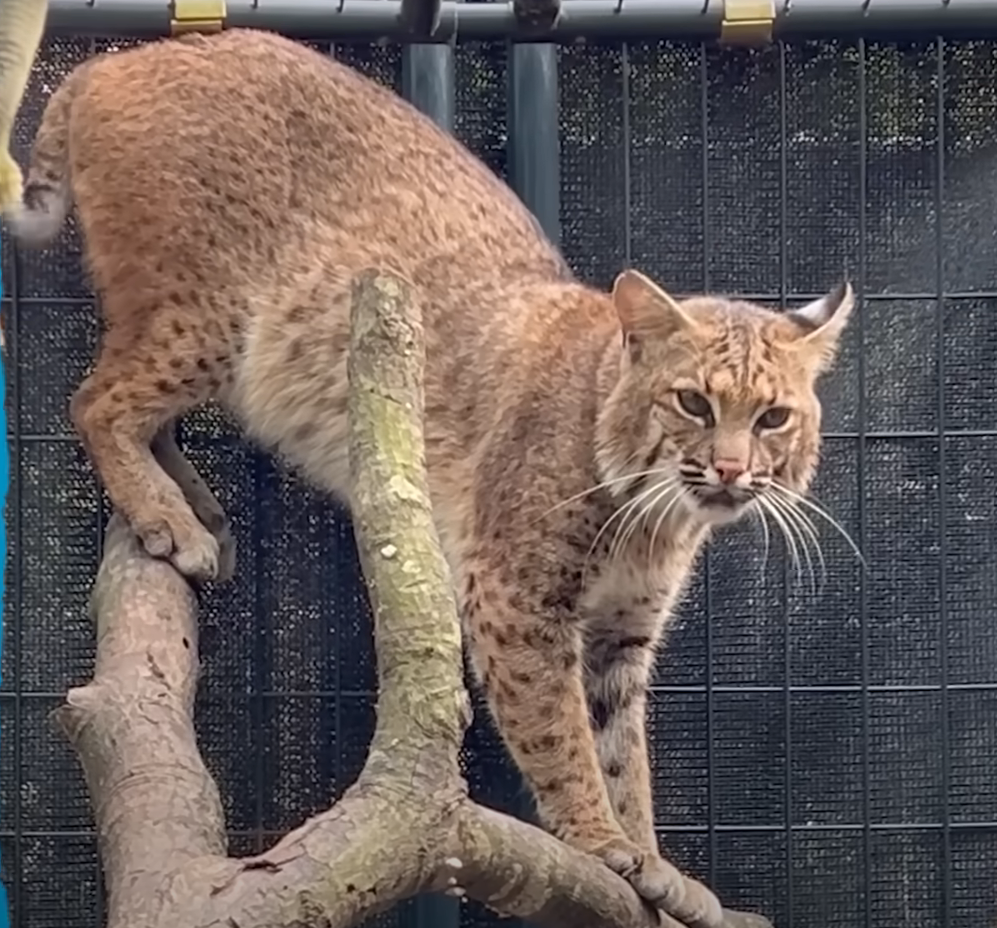

Visit www.facebook.com/Geaux-Wild-Rehab/ to learn more



